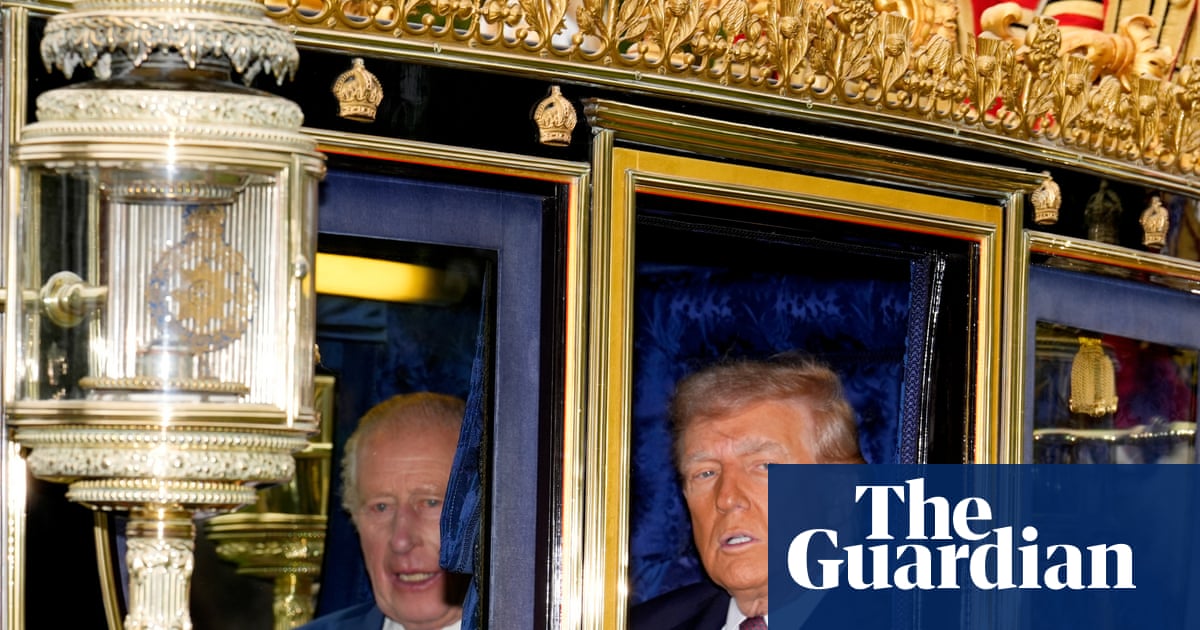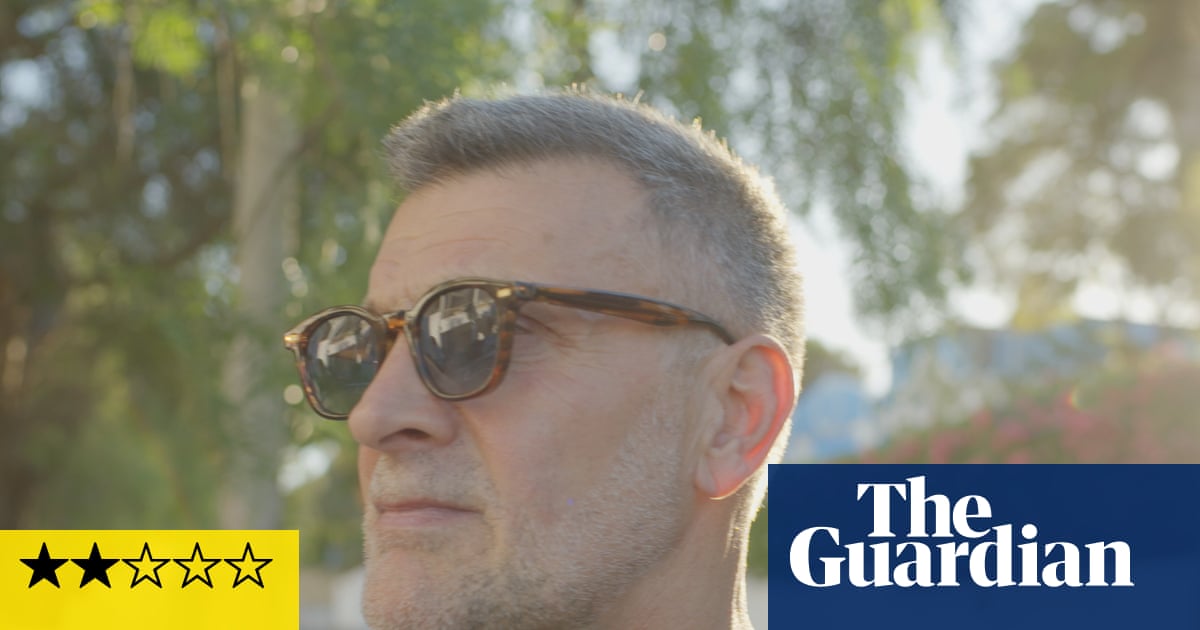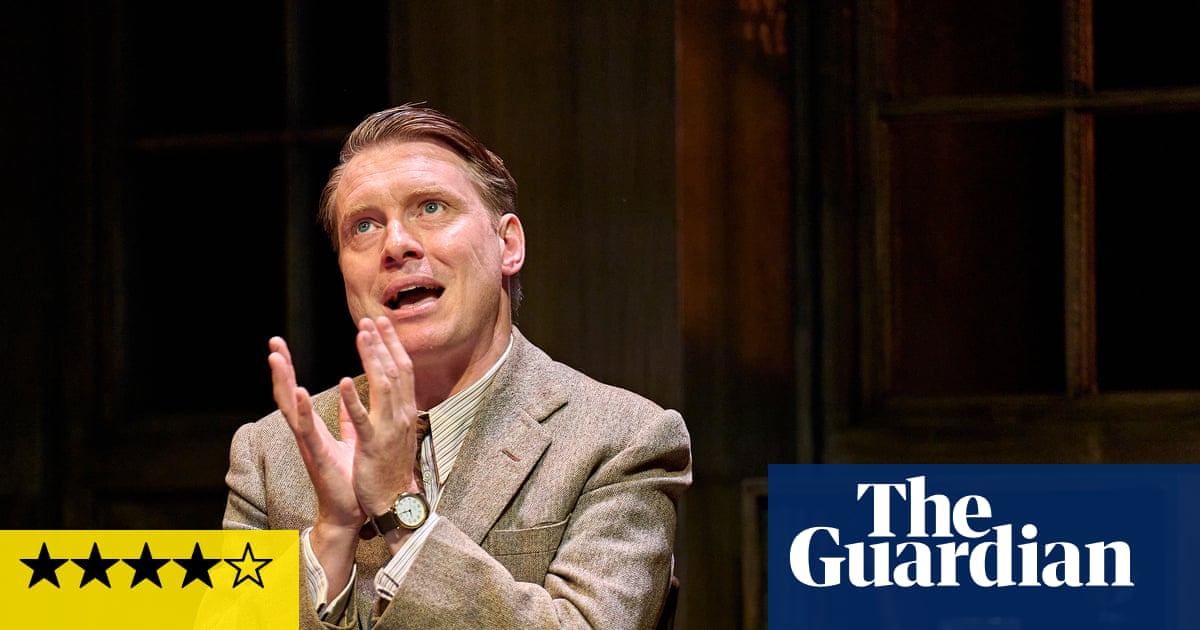Ibrahima Balde’s life story is just extraordinary on the page. Brought to life in a bestselling memoir written with Basque poet Amets Arzallus Antia, it follows his trek from Guinea, west Africa, as a teenager, across the Sahara and Mediterranean to Europe as he goes in desperate search of his runaway younger brother.
A story about the horrors of migration, it has so many gut-punch moments alongside flashes of levity that it should make for dramatic viewing on stage. Balde undergoes hunger, human trafficking, torture and ransom as well as a terrifying ocean crossing. His voice is clear, distinctive and full of natural poetry. So why does this production, adapted by Timberlake Wertenbaker, who translated the book from its original Basque, feel so lifeless?
Part of it might be down to ploddingly unimaginative staging. Blair Gyabaah, playing Balde, largely narrates the story and is a charming presence but there is so little construction of drama around him that it becomes a physically static audio-led experience.
Directed by Stella Powell-Jones, the production is framed around the relationship between Balde and Arzallus Antia (Youness Bouzinab) but this does not add layers. Actors juggling roles come on briefly in an array of costumes (headdresses and guns for many Arabs, gold watch for cash-counting people smugglers). These are the characters Balde meets on his journey and the five-strong cast are adept but the parts are representational and unanimated, the focus on incident and sequential story rather than drama.
Balde’s clear and sometimes bathetic voice is captured but his story seems educational when it should come saturated with depth of emotion. Where the original is compactly told, high in tension and jeopardy, this feels too long and flat, despite being performed over 90 minutes.
An African drum beats every now and again, along with the swoosh of ocean waves or puttering of motorbikes, but it is not enough to bring atmosphere. A back screen lights up occasionally but is underused on the whole. The set, designed by Natalie Johnson, incorporates salmon-coloured steps – to represent the sun-hammered terrain which Balde hikes across? – but characters too often stand in a row, enacting bite-size scenes.
Family members make appearances but they too are so thinly drawn that they do not build the emotional drama. When Balde discovers the fate of his brother it is not the emotionally eviscerating moment it should be.
The idea to bring this remarkable migrant story to a new audience is nothing less than necessary in our current hostile climate. But something seems to have been lost in its translation to a new medium.

 3 months ago
116
3 months ago
116

















































